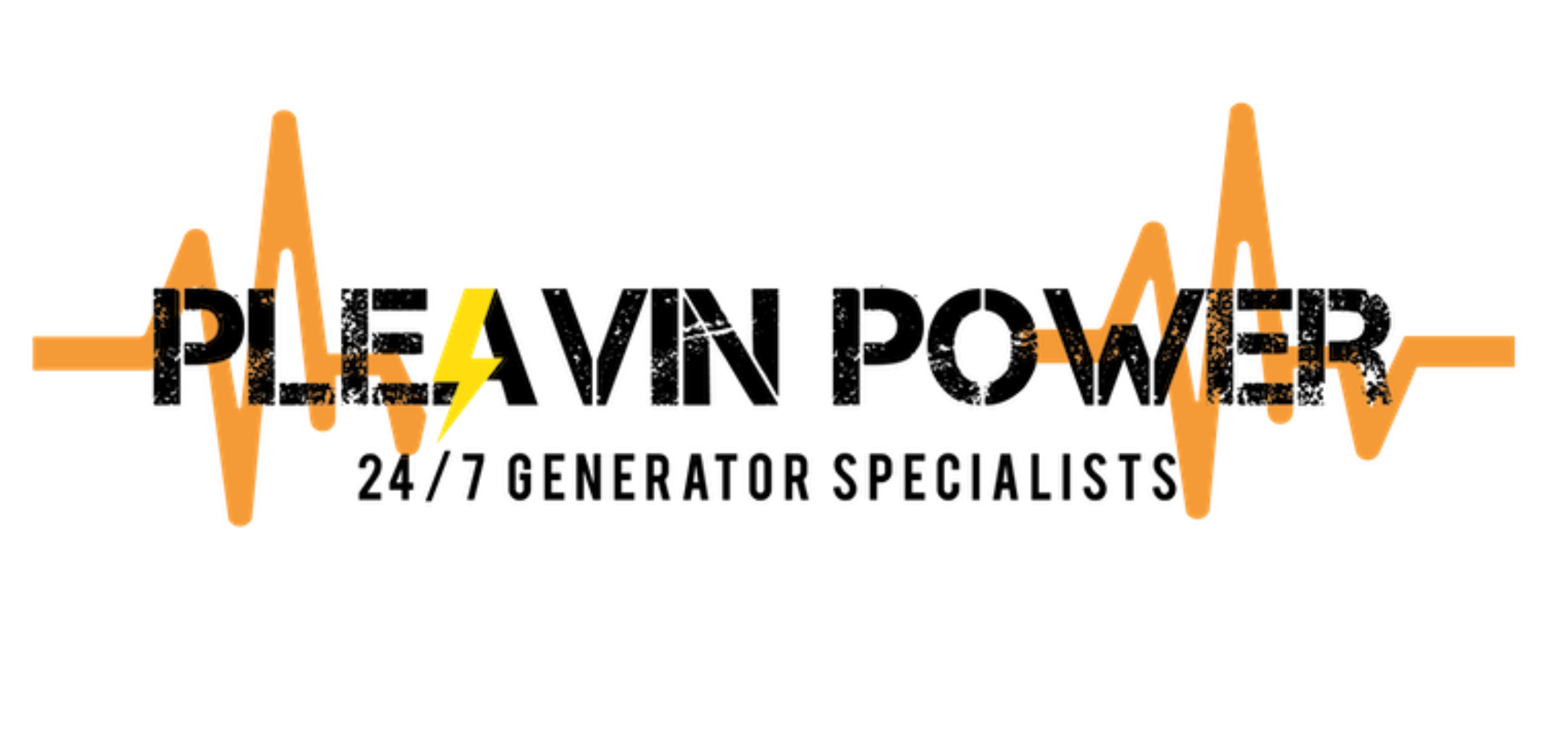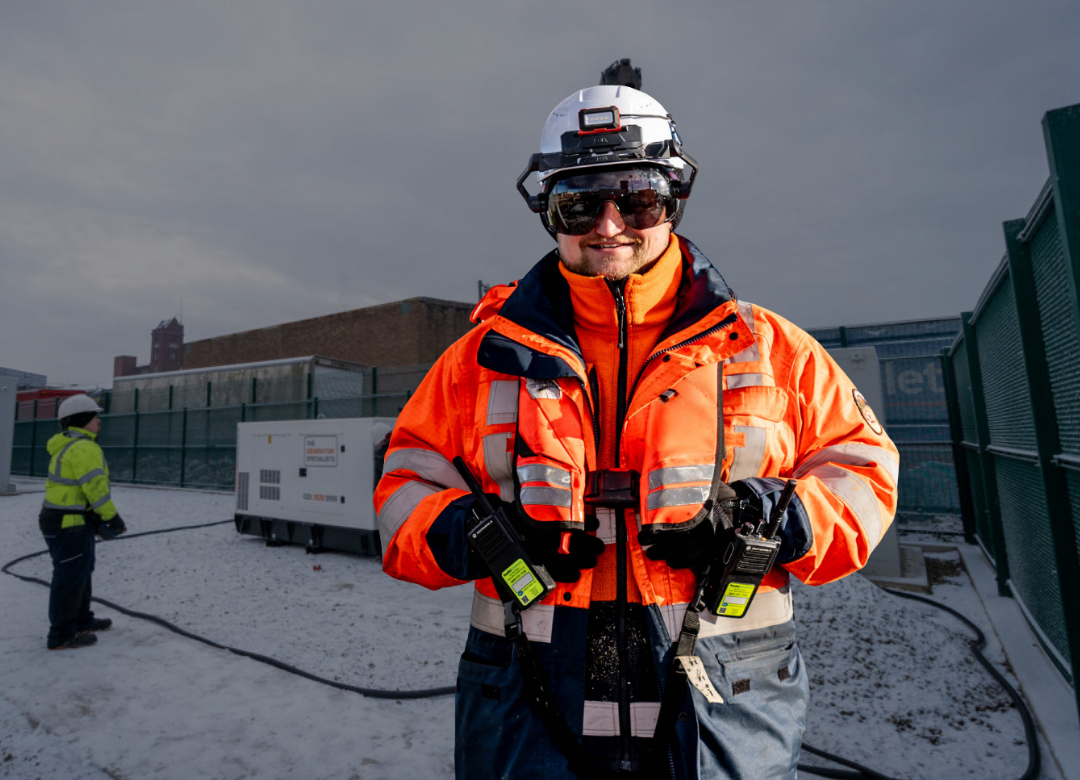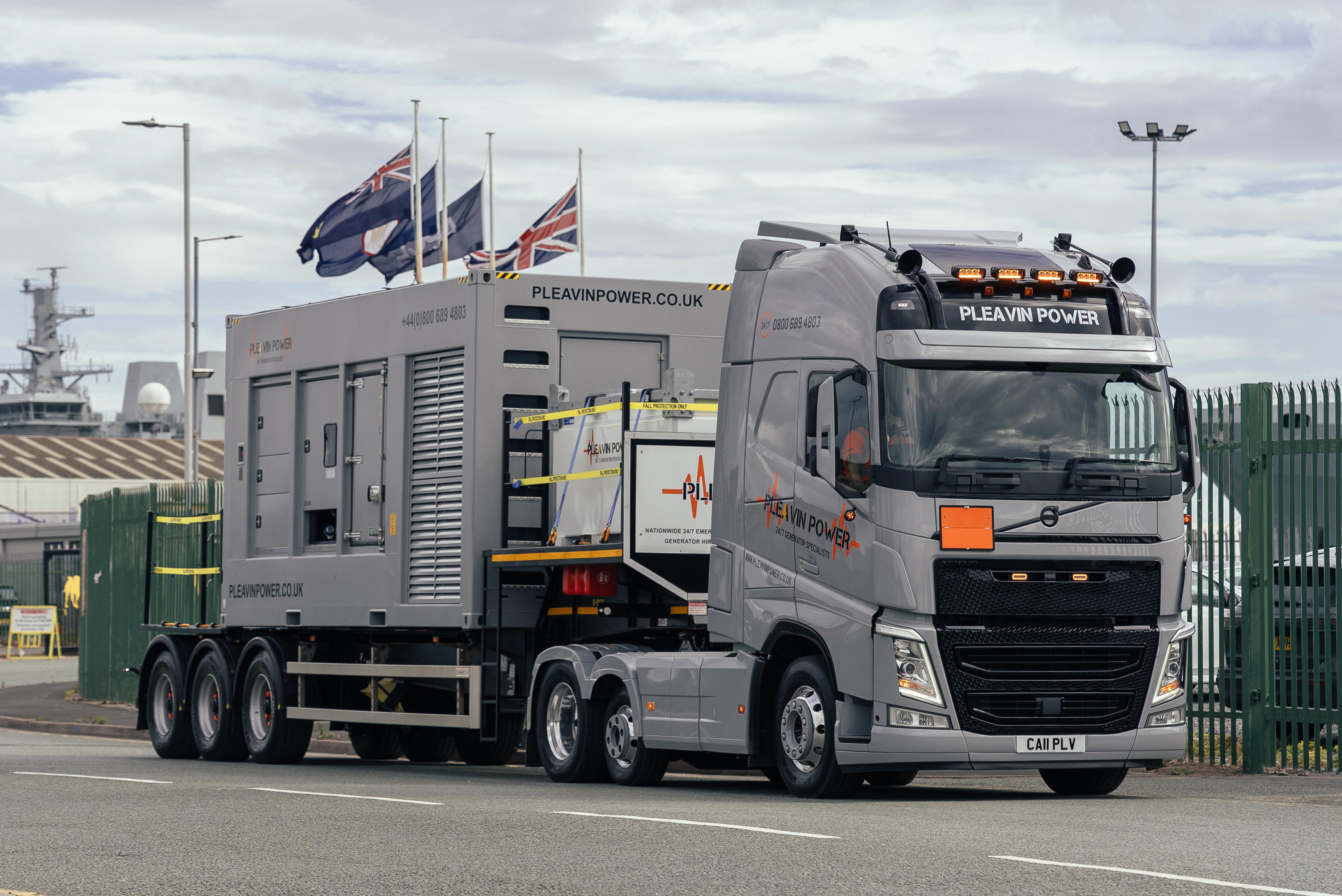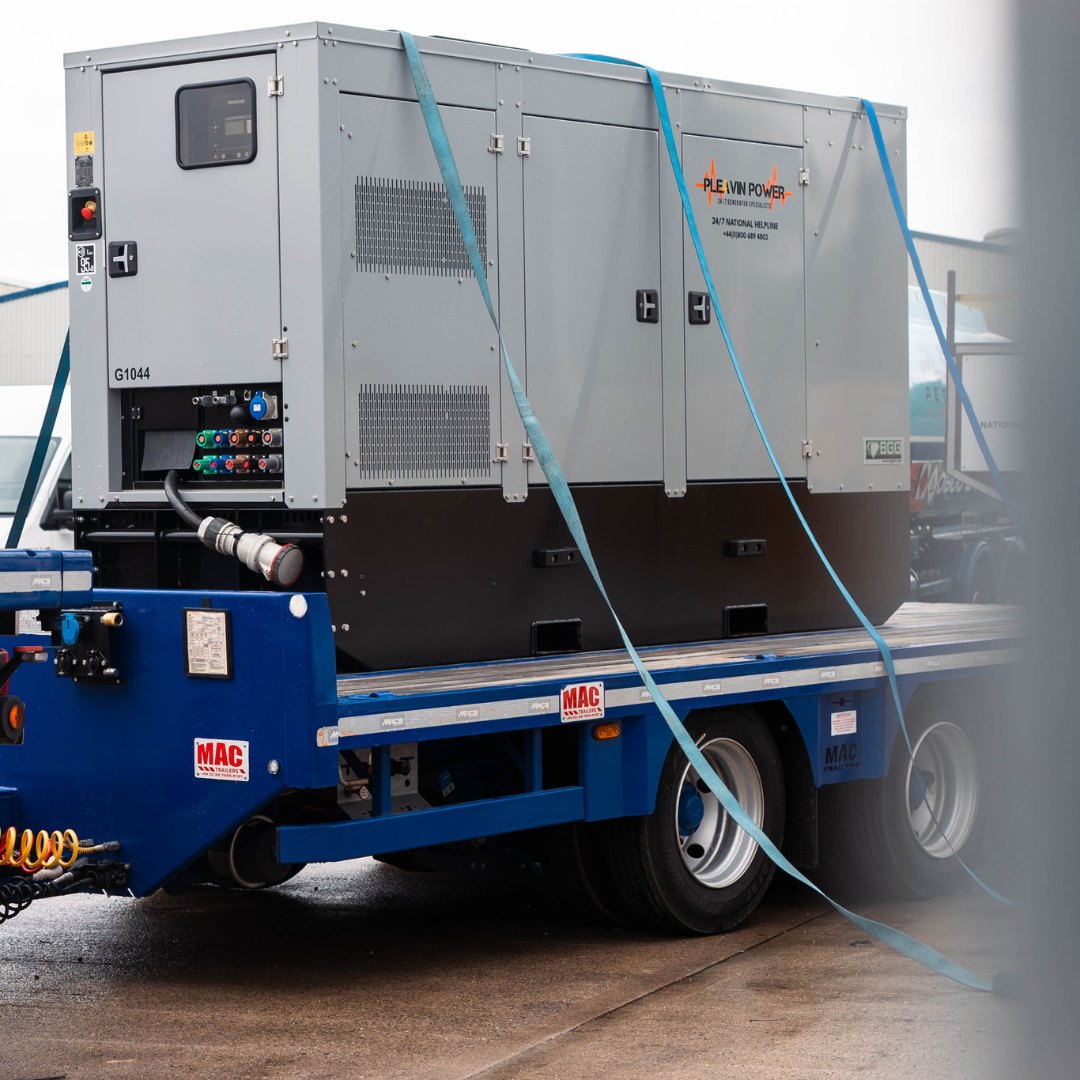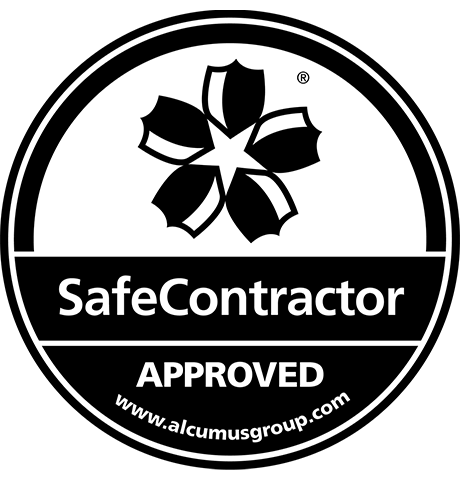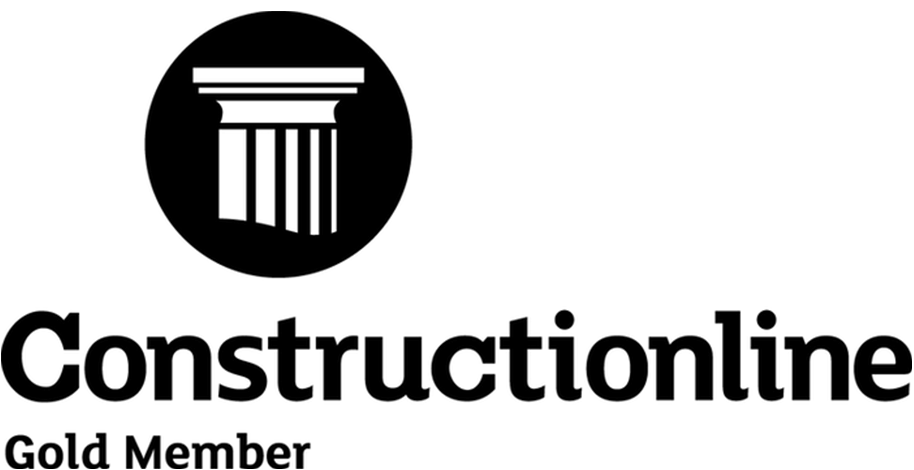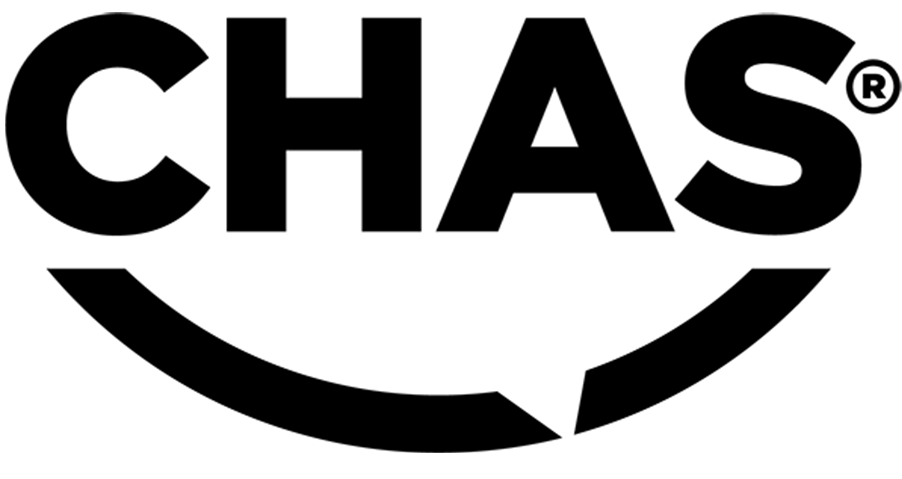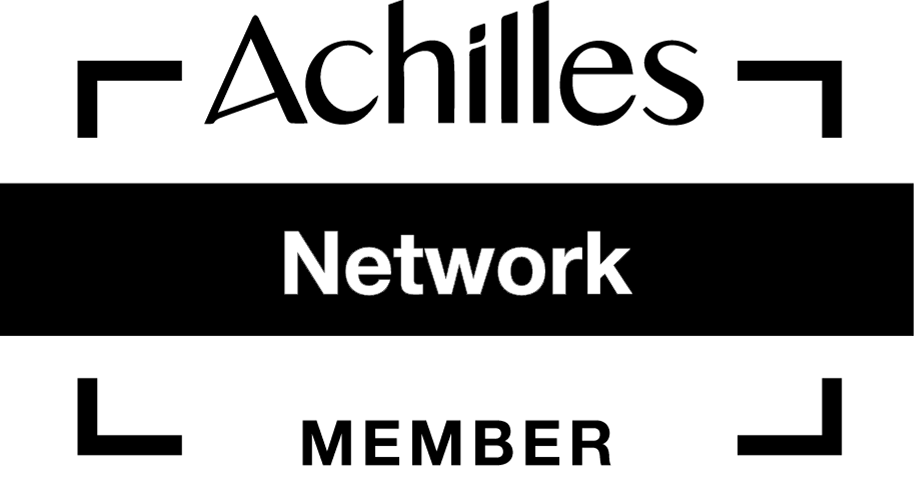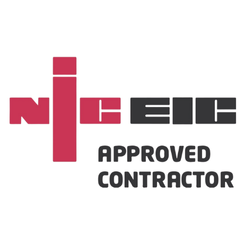What would your business do in the event of a major power outage? This is the question at the heart of contingency power planning. It’s also something companies need to think about right now before the worst should happen.
Proactive forward planning can help businesses to avoid or mitigate against some of the most damaging consequences of unexpected outages. This may be reputational damage, loss of data or even a company-wide shutdown.
But what are contingency plans in business, and how do you go about creating one?
Why Contingency Planning is Essential for Businesses
Every business needs some form of emergency plan in place.
This may be a few simple measures to keep things running while a temporary power outage is resolved, or it may be a comprehensive contingency and disaster recovery plan, with detailed steps to restore power and productivity and deal with any consequences.
It depends on the needs of the business, and its assessment of the risks of a power outage or other major incident.
Regardless of the company type, a contingency plan can offer the following benefits for most businesses.
1. Minimises Downtime and Financial Loss
Time is money in most business environments, and downtime can be extremely expensive.
It can set back production schedules or project timelines, prevent customers from placing orders and generally bring operations to a halt. So the longer you’re offline, the more revenue you stand to lose.
With a well-prepared and well-practiced contingency plan in place, downtime can be cut to a minimum. Your team and back-up equipment can swing into action the moment an outage occurs. This can reduce the financial impact of the incident and get operations back on track quickly.
2. Protects Reputation and Customer Confidence
It isn’t just your bottom line that is affected when a power outage occurs. If your customers can’t reach you, or there is a disruption to the product or service you provide, this can cause significant reputational damage.
The trust you may have spent years or even decades building with your customers may be in danger of being eroded in moments, and it can be tricky to rebuild it afterwards.
In other words, the less downtime you have and the faster you resolve the incident, the less impact it will have on your customers. Dealing with the problem quickly and efficiently can boost customer confidence, as well as giving customers peace of mind that you’re prepared for every eventuality.
3. Ensures Compliance and Proper Risk Management
Many industries have strict regulations regarding contingency planning and risk management. For instance, healthcare is governed by the CQC, who hold acting bodies accountable for preventing risk and harm. This can include power outage management, which is a liability for people in critical care conditions.
This is often related to employee safety, where an outage could put people in danger without the safety net of a contingency plan. The Health and Safety Executive (HSE) has guidance on planning for incidents and emergencies, including the need to use an independent power source for situations where emergency lighting fails.
With a comprehensive plan in place, your company can remain compliant and avoid penalties, which could even include the loss of certification.
Key Elements of an Effective Power Contingency Plan
Now, what actually goes into a power contingency plan? There are certain key elements that must be included. We’ll take a look at each of these below, to help you start forming the outline of your own plan.
Backup Power Options
The first and arguably most important element to consider is an emergency power supply. If your main power supply fails, you’ll need a reliable backup option ready to take over.
The right backup power option for your business may depend on your site and/or premises, and the company’s needs. But a couple of the most popular solutions are generators and UPS systems, which are often used together as part of a comprehensive plan.
Generators
With over a century of service under their belt, with the first being used commercially in 1844, , modern generators can be a highly reliable and trusted source of backup power in an emergency.
They come in a range of sizes and fuel types, such as diesel, and you can customise the setup to suit your needs. For example, a generator can be used to support critical systems only.
You can also set up automatic transfer switches to ensure a seamless transition to backup power in the case of an outage.
UPS Systems
Another commonly used source of backup power is an uninterruptible power supply (UPS).
Often using rechargeable batteries or another energy storage system, a UPS is designed to keep computer systems running even during a power outage.
It’s an effective short-term solution which can prevent equipment damage and data loss, as well as giving you time to carry out a safe system shutdown.
UPS systems are commonly used alongside generators in contingency planning, ensuring all bases are covered.
Assessing Load Requirements and Site Needs
To develop a contingency plan that is fit for purpose, it’s essential to properly assess your company’s power load requirements and facility-specific needs. This is where you may want to bring in an expert to carry out a detailed site survey.
Otherwise, you could end up with equipment or measures that aren’t suitable. And unfortunately, you may only find this out when it’s too late.
Testing and Maintaining Your Plan
Once you have a contingency plan in place, it’s important that it is regularly tested and reviewed. This is to make sure it will serve its purpose if and when the time comes.
So, how often should a disaster recovery plan be tested? A comprehensive, full-scale test should be carried out annually, but it could be wise to carry out partial tests more frequently. It may depend on the size, complexity or risk tolerance of the company.

